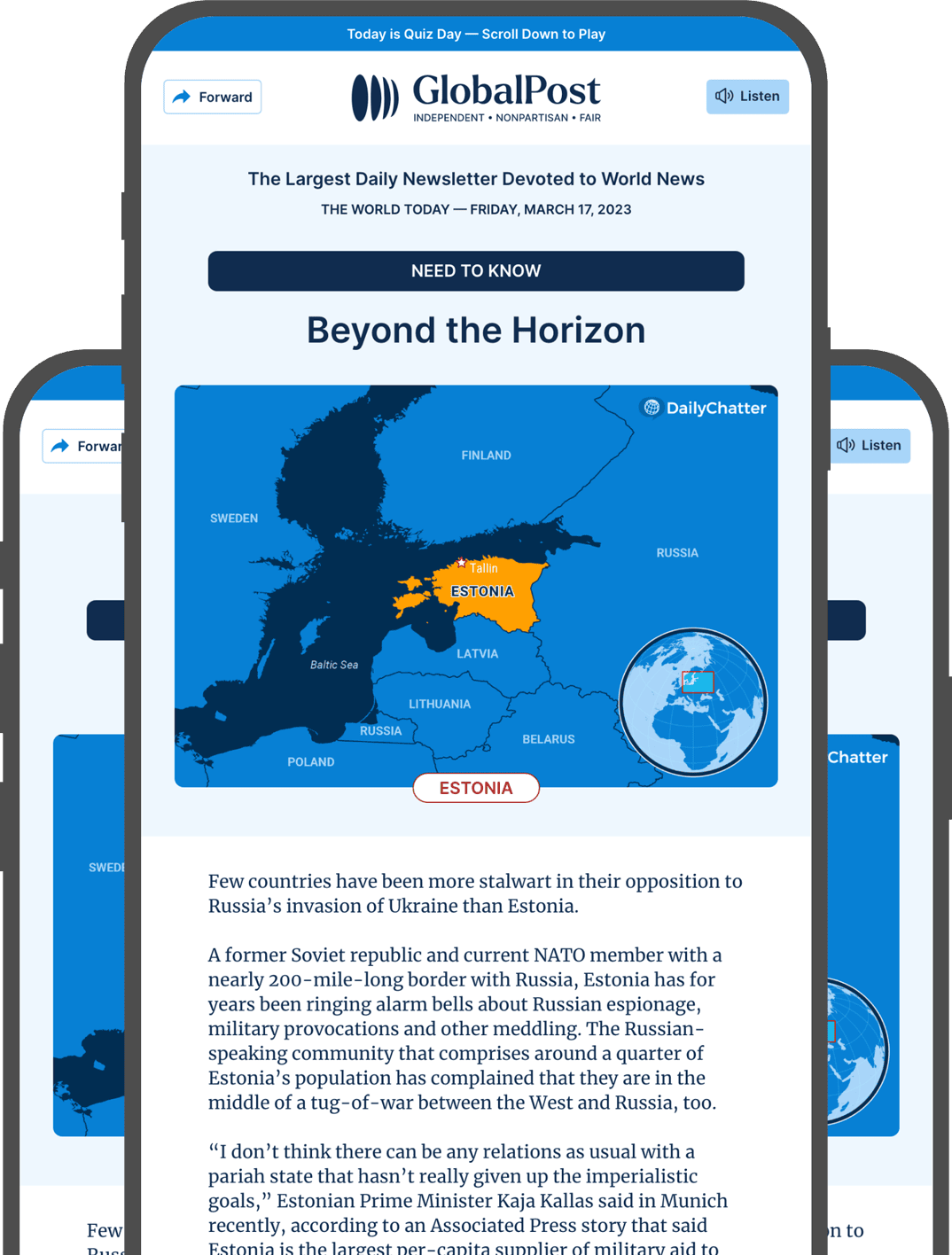Decision Digits

Researchers from the University of Alberta in Canada recently discovered that all that swiping, tapping, or scrolling on the smartphone leave more than just fingerprints.
It also provides insight into how a human makes decisions, according to a new study.
“We can actually understand a lot of what’s going on inside someone’s head by carefully measuring what’s going on outside their head,” said lead author Craig Chapman, an associate professor at the university’s Actions in Complex Environments Laboratory (ACELab), in a statement.
Traditionally, decision-making studies focus on final choices – what we click, buy, or select – without tracking how those decisions are made, according to Digital Trends.
“Most other research has just focused on the what: What did you choose? What was the end result? But my lab really likes to focus on the how,” Chapman explained. “How did you choose? How did your body physically move to enact that decision for you?”
To determine these factors, Chapman and his colleagues gave participants everyday Android devices and asked them to complete tasks that involved swiping or tapping to compare numbers, verify statements, or choose images.
The researchers observed the reaction time, movement speed, and trajectory curvature to determine how users physically interacted with the screen while making decisions.
Their findings showed that touchscreen gestures mimic real-world actions like reaching for an object, unlike using computer mice.
The team also found that when decisions were more difficult, participants took longer, made less direct swipes, and hesitated more – suggesting the brain is taking more action to “control the swiping movements as though they are real reaching movements.”
The authors said the study demonstrates that everyday technology – smartphones and tablets – can be leveraged for large-scale behavioral research without requiring lab environments.
Chapman added that the research could become transformative for a variety of industries.
During hiring assessments, movement tracking could supplement traditional questionnaires, providing deeper insights into how candidates handle indecision.
Healthcare professionals could also use this approach to monitor rehabilitation progress, while app developers could use these insights to optimize button placement, reducing hesitation and improving user experience.
“There’s this wealth of data that people aren’t grabbing,” Chapman said. “The scalability of research implied by this work is massive.”

Subscribe today and GlobalPost will be in your inbox the next weekday morning
Join us today and pay only $32.95 for an annual subscription, or less than $3 a month for our unique insights into crucial developments on the world stage. It’s by far the best investment you can make to expand your knowledge of the world.
And you get a free two-week trial with no obligation to continue.
